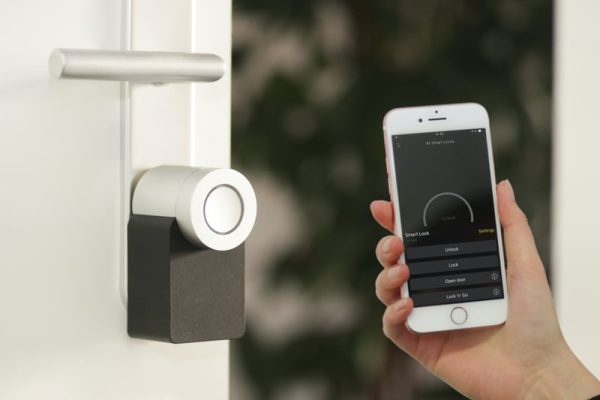
Smart homes offer convenience, but also some security risks. Here’s what you can do to prevent hackers from taking control of your devices.
Having a smart home can make your life easier, however, each new device that you insert into your smart home is another device that can be attacked. Fortunately, you can secure your smart home with simple steps such as locking your router and properly taking care of the devices that compose it. And here are the best tips to keep your smart home safe from hackers.
Get started with your router
Most smart devices require Internet access to function properly. So, in many ways, the most important point of vulnerability is your router, so the first step is to keep it secure.
First of all, change the default administrator password to access the router.
Update your router’s firmware, if it’s out of date, and enable encryption.
Always use a secure password for your router, in this way you will prevent any malicious person from having access to your smart home.
All these settings can be done from the router’s web interface, all you need to do is find the router’s IP address. You should consider replacing your router if the manufacturer no longer offers current firmware.
Use unique passwords for each device
Many of the devices that make up your smart home require a password when you set them up. Usually, that means downloading an app and creating a user account, and in some cases, you can create a single account to use with multiple devices.
In this sense, each device for which you create an account must have a unique and difficult-to-crack password.
If you reuse passwords on smart devices and services, you run the risk of a single compromised drive generating additional points of vulnerability throughout your home.
If you haven’t already, consider using a password manager that can help you create and keep track of long and strong passwords.

Enable two-factor authentication whenever it’s available
Two-factor authentication is an additional layer of security beyond the simple password. When using it, you will need to provide additional proof of identity, after entering your password.
Usually, this comes in the form of code, either randomly generated by an app or sent through a phone call or text message.
Unfortunately, offering two-factor authentication isn’t very common on smart devices, but that’s starting to change.
Nest and Wyze, for example, now offer two-factor authentication, while security cameras are the devices that typically have two-factor authentication. Check the applications associated with your devices and whenever possible, activate them. We recommend pairing two-factor authentication with an app like Google Authenticator for iOS and Android.
Update your devices regularly
As with your router, you should update the firmware of all your smart home devices regularly. Firmware is essentially the software embedded in hardware and it is what determines its features and capabilities. Manufacturers regularly find and fix problems, often adding new features along the way.
In general, you can update most smart devices through an app. If the manufacturer no longer supports a smart device you have installed, you should replace it as soon as possible. If you’re not sure, check the manufacturer’s website for more information.
Never access your smart home from public WiFi
Just like you shouldn’t verify your bank account from a public WiFi network, avoid doing it with your smart home. Even if you are sure it is a legitimate WiFi network, you would potentially be exposing your home devices to anyone on the network.
So it is best not to risk using public WiFi networks.
If you need remote access to your home, use an LTE-enabled device (like your phone) or consider setting up a personal virtual private network (VPN) to connect securely.
Buy from recognized or reputable companies
Most of the smart devices you bring into your home communicate with servers in the cloud. The question is, who owns those servers?
When you’re looking for a product recently released by an unknown manufacturer, there’s no way of knowing for sure where it’s communicated until someone tries it out. Unless you’re a security investigator who enjoys the challenge, you probably shouldn’t be the guinea pig.
And besides that, the biggest problem with smart homes is that your devices could stop working on it, the company can go down, disappear or decide to move to a newer product and end support.
Sticking with a big, well-known company doesn’t guarantee that won’t happen, but at least you’ll be more confident and get a track record to examine. By reviewing the company’s history, you can see how viable it is and whether or not the company endorses its products for just months or years.
Remember that your safety and that of yours is the most important thing, so follow these tips to keep your smart home away from the attack of hackers and hackers.
